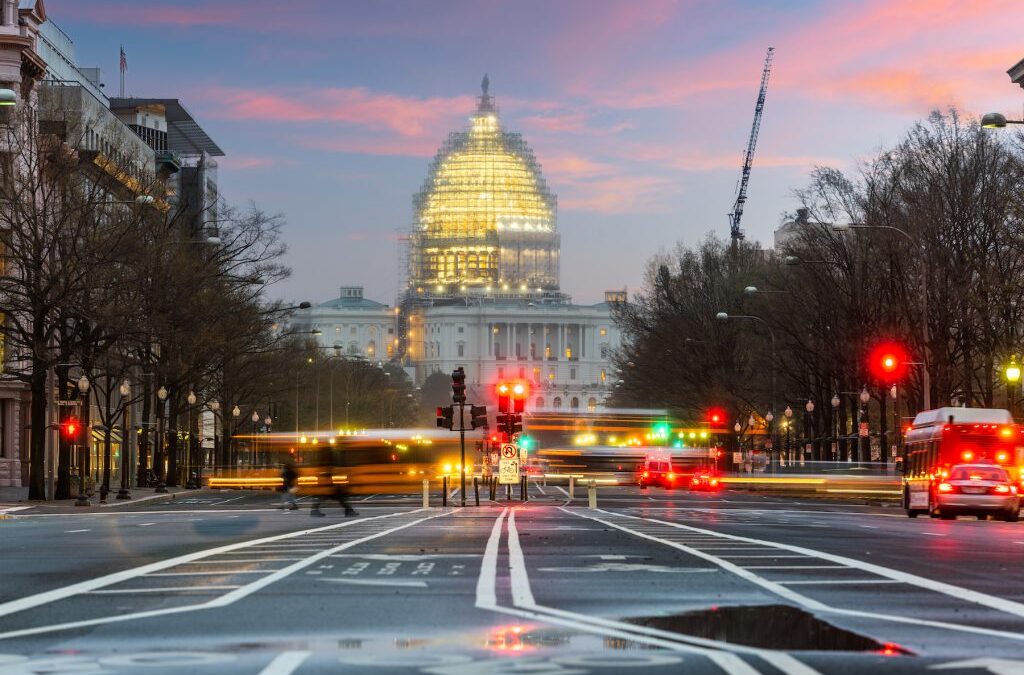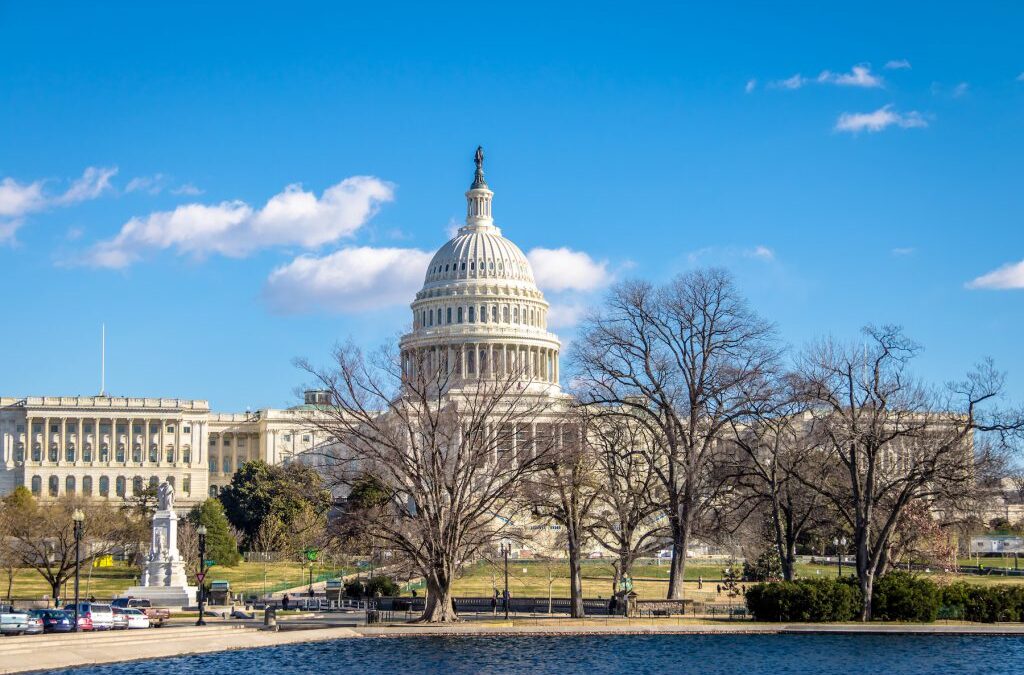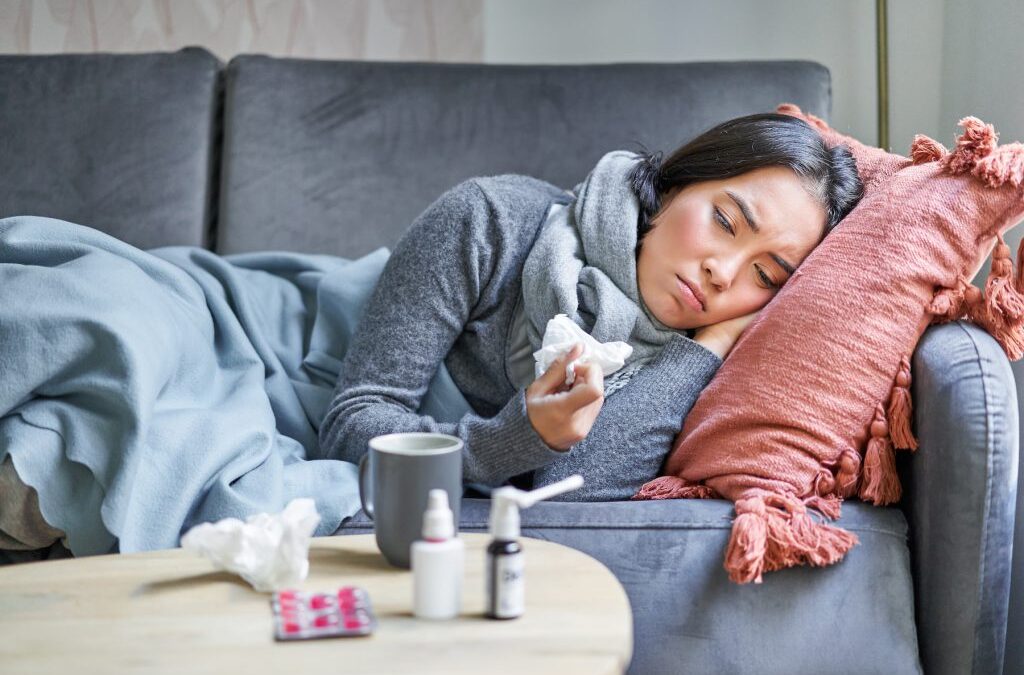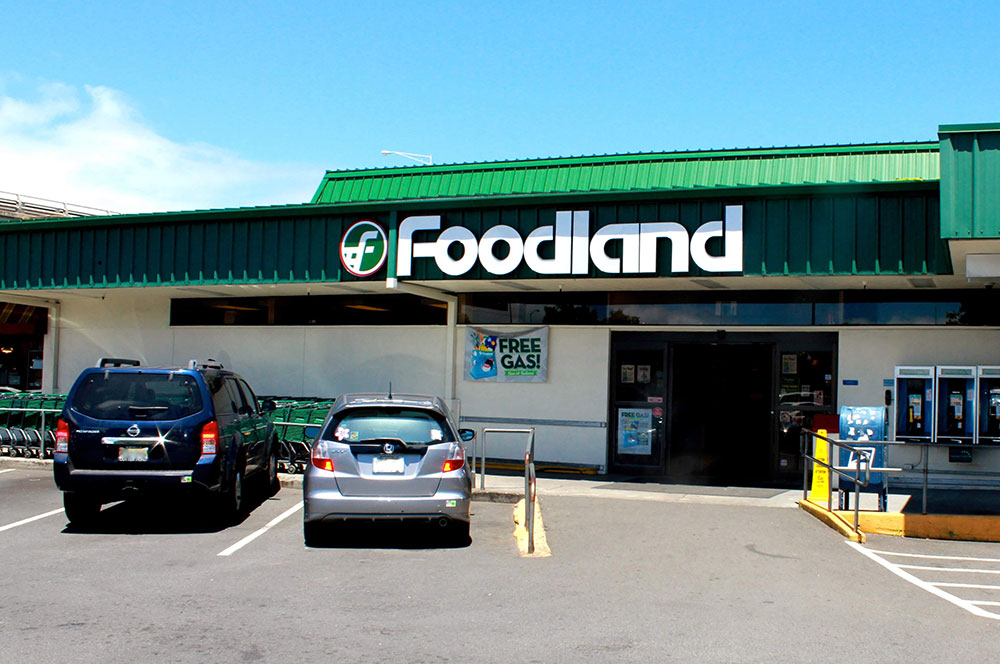In The News
ASSURE In the News

Why Rapid COVID Tests Are Underused & Why You Still Need Them
As we enter the fifth year of the COVID-19 pandemic, health officials are raising the alarm over a new but avoidable problem: the sharp decline in public use of rapid COVID-19 tests. Despite their widespread availability and proven effectiveness, these essential tools...

How 2025 Economic Turmoil May Affect COVID-19 Worldwide
As 2025 unfolds, mounting economic instability and shifting federal policies in the United States are raising fresh concerns about the future of COVID-19 management—both domestically and abroad. With financial markets under stress, increasing pressure to reduce...

Latest 2025 COVID-19 Vaccine Guidance by Age Group in the U.S.
As the COVID-19 virus continues to evolve into a seasonal public health threat, the Centers for Disease Control and Prevention (CDC) and the Advisory Committee on Immunization Practices (ACIP) have updated their vaccine guidance for 2025. With different risks across...

Judge Blocks HHS’ $11B COVID Grant Clawback to States
In a major development with wide-reaching implications for U.S. public health infrastructure, a federal judge in April 2025 temporarily blocked the Biden administration’s effort to claw back $11 billion in unspent COVID-19 and public health grants from states. The...

Anti-Vaccine Sentiment Threatens Future FDA Vaccine Approvals
As the United States moves deeper into a post-pandemic world, a new concern is emerging among scientists, public health experts, and pharmaceutical companies: the growing influence of anti-vaccine sentiment within federal and state governments could obstruct the...

April 2025 COVID-19 Quarantine Guidelines & Best Practices
As COVID-19 continues to evolve, so do public health recommendations regarding testing, quarantine, and isolation. The Centers for Disease Control and Prevention (CDC) has refined its guidance for April 2025, focusing on personal responsibility and minimizing...

Assessing Future Pandemic Risks and Global Preparedness in 2025
The COVID-19 pandemic underscored the profound impact infectious diseases can have on global health and economies. As of April 2025, public health experts continue to evaluate the probability of future pandemics and the world’s readiness to confront them. Rapid...

Comparing the 2020 COVID-19 Market Crash to the April 2025 Economic Downturn
The global economy has faced significant downturns in recent years, notably the COVID-19-induced crash in 2020 and the tariff-driven slump of April 2025. While both events led to substantial market declines, their origins, trajectories, and impacts differ markedly....

China Tariffs and Why to Buy U.S. COVID Rapid Tests
As U.S.-China trade tensions escalate in 2025, new tariffs are expected to impact a wide range of imported products, including health-related goods such as rapid COVID-19 testing kits. Among the most widely used of these is the iHealth rapid antigen test, a product...

ASSURE-100 Rapid COVID-19 Tests Now Available at Select Foodland Hawaii Locations Statewide
As of April 7th, 2025, Hawaii residents can now purchase ASSURE-100 rapid COVID-19 tests at a discounted price at select Foodland locations across the state – for a limited time. Known for its market-leading sensitivity and fast results, the ASSURE-100 was proudly...
